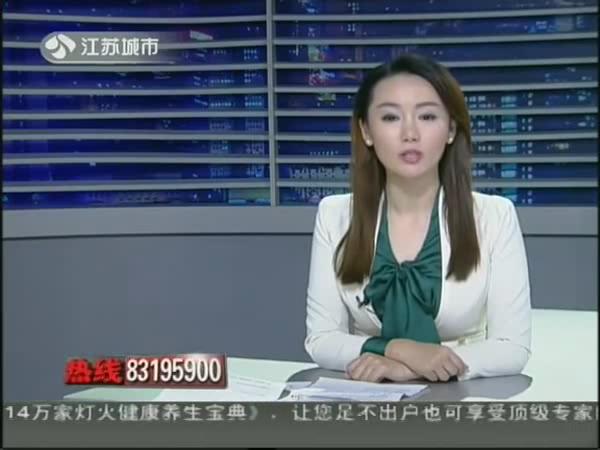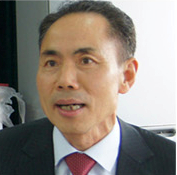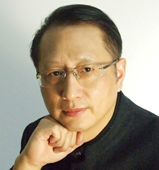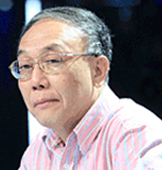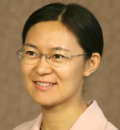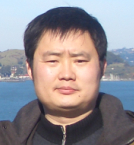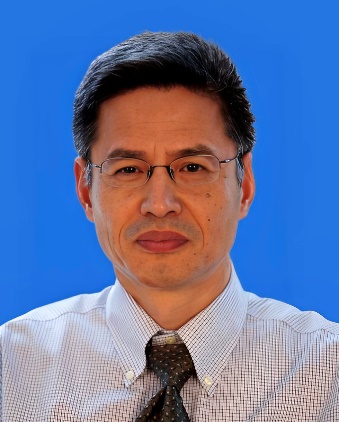Jan02, 2010, at 5:45 p.m. From: vcstar.com
Politicians and their supporters have routinely funneled money through county-level political party committees around the state, avoiding strict limits on campaign giving and hiding the source of millions in donations, a California Watch analysis shows.
By using county parties as middlemen, both Democrat and Republican donors can contribute far more money than the law typically allows to highly contested races in California where the extra cash could make the difference between winning and losing.
The strategy has been used for years but drew attention recently when the California Fair Political Practices Commission levied a combined $49,000 in fines against Assemblyman Joel Anderson, R-Alpine, and the Fresno County Republican Central Committee after an unusual pattern of donations was brought to light in October.
The California Watch analysis, which examined state Assembly and Senate races during the last major election cycle in 2007-08, found a number of previously unreported examples of committees routing large donations into tight races. Some of those contributions raise ethical questions and may circumvent the law, campaign watchdogs say.
In one case, a single donor gave more than $300,000 in one day to 10 Democratic county committees from Humboldt to San Diego counties. Those committees proceeded to make large contributions to high-profile Democratic Assembly and Senate races at different times in the days leading up to the election.
In another case, a Modesto assemblyman made contributions to two Republican committees, which quickly turned around and contributed large amounts to the assemblyman’s brother, who was campaigning for a seat in a nearby district.
‘End run’ opportunity
“I’m all for strong political parties, but it ought not to be an opportunity for an end run around the contribution limits that the people thought that they were enacting,” said Ross Johnson, chairman of the FPPC and one-time sponsor of Proposition 34, the 2000 ballot measure that established California’s modern framework of campaign finance limits.
Large donations to and from county parties are legal as long as donors do not tell the parties where to steer their contributions. Regulators say that proving collusion is difficult.
But the pattern of money flowing into the party committees before it is quickly dispatched to campaigns makes it appear anything but arbitrary. Critics, including Johnson and others, say the process violates the spirit of campaign finance reforms established by voters when they passed Proposition 34.
“I’d call it money laundering,” said Derek Cressman, regional director for Common Cause, a nonpartisan advocacy group that supports campaign finance reform. “In addition to evading contribution limits, you are masking the source of the funds.”
Long-distance donations can have big impact. During the last two months of the 2007-08 election cycle, when campaign giving last reached fever pitch, local parties took in more than $7.1 million and promptly dispensed at least $4.2 million to Assembly and Senate candidates across the state.
More than three-quarters of the money was given by central committees to support candidates outside their local jurisdictions who were fighting contested races, such as Democrat Alyson Huber, now an assemblywoman from El Dorado Hills.
Help from far away
Less than two weeks before Election Day 2008, Huber was locked in a tight race with former San Joaquin County Supervisor Jack Sieglock when her campaign received help from an unusual source: $63,000 from a Democratic Party committee in tiny Del Norte County, more than 400 miles away, on the Oregon border.
More county parties had also chipped in: $100,000 from Marin County; $62,000 from Sacramento County and $25,000 from Stanislaus County near Modesto. Each had raked in large donations from unions, interest groups or other Democratic boosters just days or weeks before.
With help from the county committees, Huber outspent Sieglock by $175,000 during the last month of the campaign. She eventually won by fewer than 500 votes.
“It hit us like a ton of bricks,” said Tim Clark, a Sieglock campaign adviser and veteran Republican consultant.
Individual campaign donors face limits on how much money they can give directly to a candidate — as low as $3,900 in legislative races and as much as $25,900 for gubernatorial campaigns.
But state law now allows donors to give $32,400 to party central committees in each of California’s 58 counties if that money will be used to directly support a campaign.
Trail ends at committee
Nothing prohibits a donor from contributing the maximum amount to multiple central committees, which in turn can give unlimited amounts to candidates. The campaigns must only report that they received money from a party committee — not the donors who originally supplied the cash.
Because of their higher limits, central committees often attract prolific donors with a clear stake in state decision-making — particularly in the weeks immediately before an election, as candidates frantically burn through their war chests.
In all, Democratic central committees contributed at least $2.7 million to Assembly and Senate races in the closing months of the 2008 General Election. Republican committees gave $1.5 million.
Potential for impropriety remains Direct collusion between donors, parties and candidates is illegal, but it can also be difficult to prove.
The state watchdog FPPC recently fined Anderson, the assemblyman from Alpine, $20,000 for his role in an exchange that sent more than $45,000 to his campaign through the Fresno County Republican Central Committee. The San Diego Union-Tribune first detailed the contributions.
Anderson returned the contributions before the fines were levied. The Fresno committee was also fined $29,000.
Tracing the flow
Several observers, including Common Cause’s Cressman, raised questions about another set of contributions turned up by the California Watch analysis.
On Oct. 30, 2008, Assemblyman Tom Berryhill, R-Modesto, donated $20,000 to the Republican Party committee in San Joaquin County. The next day, the committee donated $21,000 to Berryhill’s brother, Bill, who would go on to win a close race in the nearby 26th Assembly District.
Tom Berryhill also donated $25,000 to the Stanislaus County Republican Party through two donations on Oct. 27 and 29. The party sent $40,000 to Bill Berryhill’s campaign through two donations on Oct. 30 and 31.
Tom Berryhill’s chief of staff, Laura Ortega, said the brothers and local parties did not coordinate the contributions.
“Tom raised a lot of money. He gave out money pretty much everywhere,” said Ortega, who also worked on Tom Berryhill’s campaign. “It didn’t start or stop with the fact that his brother was running a target race.”
Records show that Tom Berryhill gave widely to Republican candidates and the statewide Republican Party, but he only made significant contributions to three county central committees: Stanislaus and San Joaquin, which contributed to his brother’s campaign, and $30,000 to Yolo County, which did not.
The two also shared an association with a political consultant: Carl Fogliani, who ran Bill Berryhill’s campaign in 2008 and later worked as his chief of staff. Fogliani said he worked for Tom Berryhill in 2006, and he is now overseeing the campaign for the brothers’ cousin, Mike Berryhill, who is running for a seat in Congress.
Fogliani said he was not aware of any coordination between the campaigns.
“It just seems too great a coincidence that it ended up (in Bill Berryhill’s account),” Cressman said.
